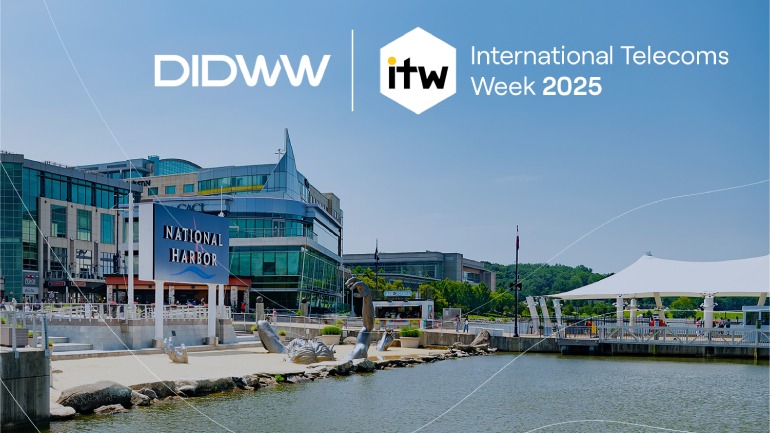U Mobile is transforming Malaysia’s 5G landscape by partnering with Huawei and ZTE to deploy the country’s second 5G network. Aiming for 80% population coverage within a year, U Mobile emphasizes robust 5G performance. This strategic move aligns with government efforts to boost competition and service quality.
Chunghwa Telecom is partnering with Astranis to launch Taiwan’s first dedicated geostationary satellite, enhancing national connectivity and infrastructure resilience. Scheduled for deployment by 2025, the project is part of a larger satellite program and reflects Taiwan’s commitment to secure communication systems.
The FCC has approved AT&T and AST SpaceMobile to test direct-to-cell satellite connectivity for FirstNet. This initiative aims to enhance public safety communications by extending reliable service to remote and disaster-affected areas through low Earth orbit satellites.
DIDWW, a global telecom provider, will showcase its advanced voice and messaging solutions at International Telecoms Week 2025. As a Gold Sponsor, the company will highlight its extensive phone number coverage, cloud PBX platform, and commitment to empowering seamless worldwide communication for businesses.
Cordiant Digital Infrastructure is on the brink of acquiring BT Ireland’s wholesale unit for €22 million. This strategic move, approved by Ireland’s Competition and Consumer Protection Commission, is set to enhance Cordiant’s influence within the Irish market.
FCC Chairman Brendan Carr has warned EU nations about growing reliance on Starlink, highlighting risks of over-dependence on a single satellite provider. European officials share concerns, especially as geopolitical tensions rise. While local alternatives like OneWeb emerge, the EU faces tough challenges in securing technological autonomy.
Telia Finland demonstrated its 5G network slicing by remotely operating an armoured vehicle nearly 100 kilometres away during military drills in Lapland. The successful test highlights how advanced connectivity can enable real-time control for defence applications, marking a significant step in unmanned systems and secure cross-border cooperation amid Finland’s evolving security landscape.
Beijing’s ambitious plan for integrating 5G technology into daily life by 2027 promises revolutionary changes in sectors such as healthcare and education. The city aims for 100% 5G user penetration, with 75% of network traffic utilizing 5G.
Ericsson is transforming enterprise connectivity with its wireless-first architecture, combining 5G, WiFi 7, and satellite support. Designed for AI-driven operations, the solution offers resilient, secure, and scalable networks. Centralized management simplifies complex setups, enabling businesses to harness AI.
Nokia, Digita, and CoreGo are teaming up to deploy private 5G networks at major events, boosting secure, real-time connectivity for payments, ticketing, and operations. The flexible, scalable systems promise smoother experiences for attendees and staff.













